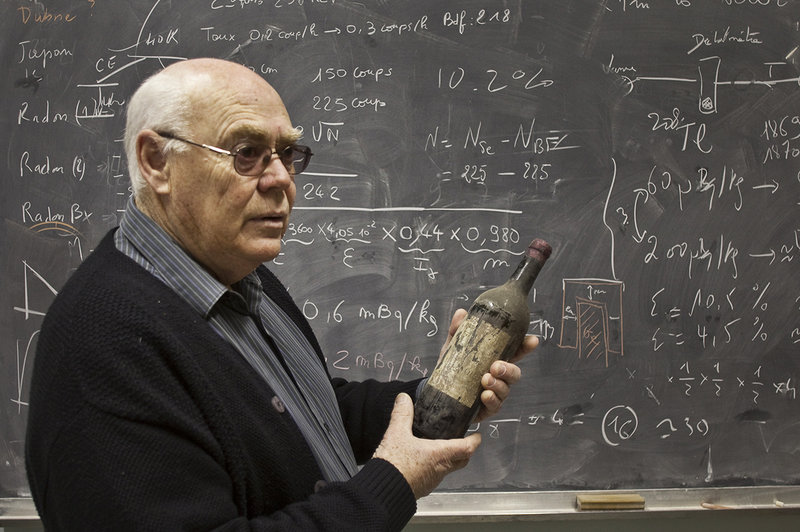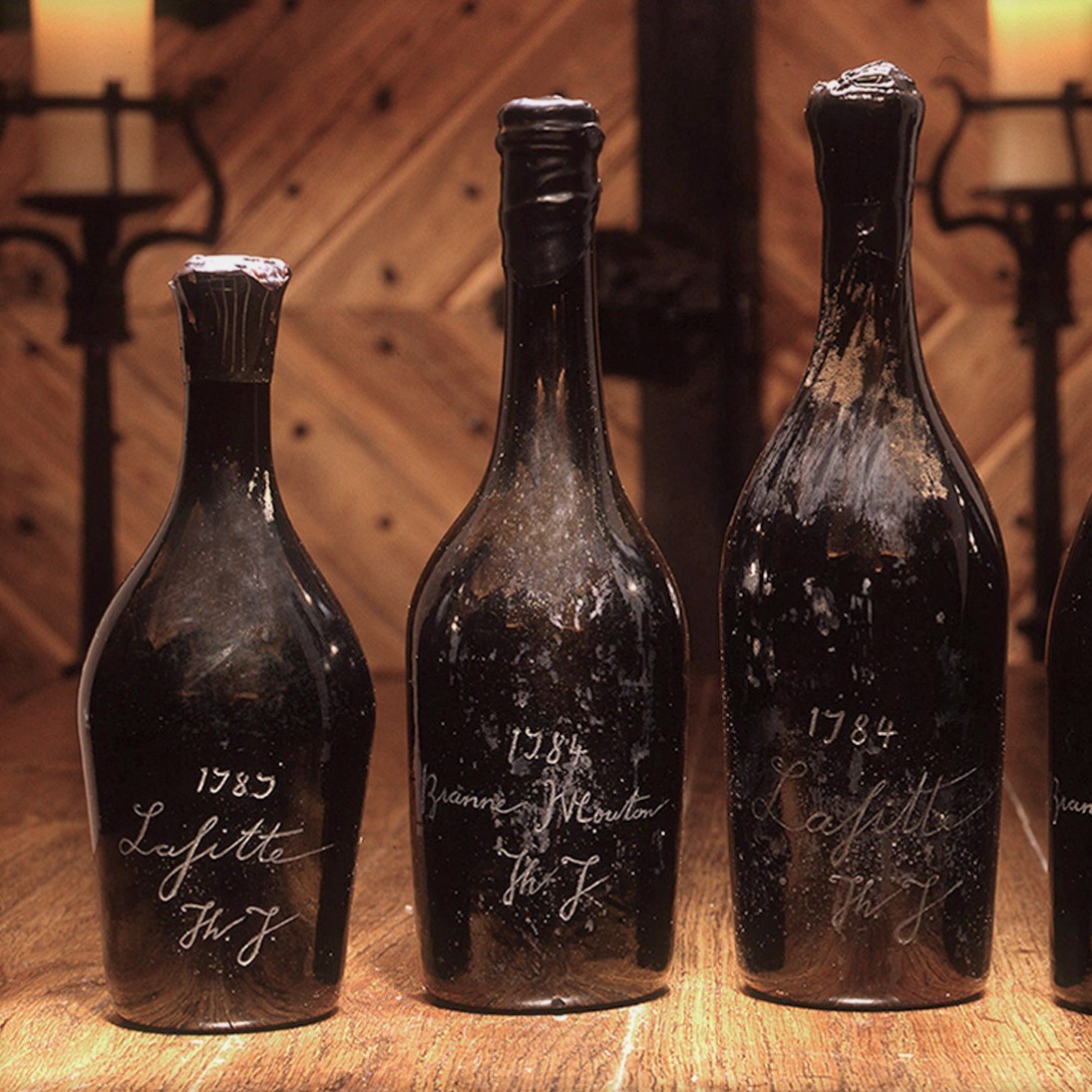Accurately Dating Old Wines
Posted 21 February 2020
by Jamie Ashcroft
The forgery of wines has always been an issue, but recent stories like the Jefferson bottles have brought it more into the public eye. Nowadays the industry is fighting back with special seals and high-tech labels but thankfully, forgeries of aged wines are becoming easier to detect with the advancement of science.
Carbon dating is well-known as a method of discovering age, being used for everything from rocks to antiques and biological samples. Without being too scientific, the carbon atom (which usually has a mass of 12) can be given neutrons when exposed to certain conditions – for most of the Earth’s history, it was formed by cosmic rays hitting our atmosphere, but has also been produced via nuclear bombs and testing, and the burning of fossil fuels. This forms carbon-14 (C-14), which surrounds us every day in the air we breathe and the food we eat. When vines absorb CO2 for growth, the C-14 enters the grapes and becomes a part of any carbon-based substances in the wine they make – like its alcohol. The ratio of C-12 to C-14 can tell us when the grapes were grown but it does need a sample to be burned for testing – meaning opening the bottle and destroying potentially very old contents.

Philippe Hubert on testing for radioactive isotopes (NPR/C J Walker/Courtesy of William Koch)
More recently, though, a team led by Philippe Hubert at Bordeaux University used a similar principle to work out wine’s age. Deep under the Italian-French Alps, they placed bottles of wine in a detector chamber surrounded by shielding made of Roman lead, before measuring the level of gamma rays emitted. Caesium-137 is a radioactive particle present in everything over the globe from soil to our own cells; created by nuclear bombs, testing and fallout, it therefore shouldn’t be found in wines from before around 1945. This method doesn’t need an opened bottle, and measurement of other particles using the same principle can give much more accurate ages and even geographical origins as different areas contain different materials.

A few of the faked Jefferson bottles, including the 1787 Lafite (far left)
Methods of testing are always developing and becoming easier, but until then we at VWP offer a 100% guarantee of our wines’ authenticity!